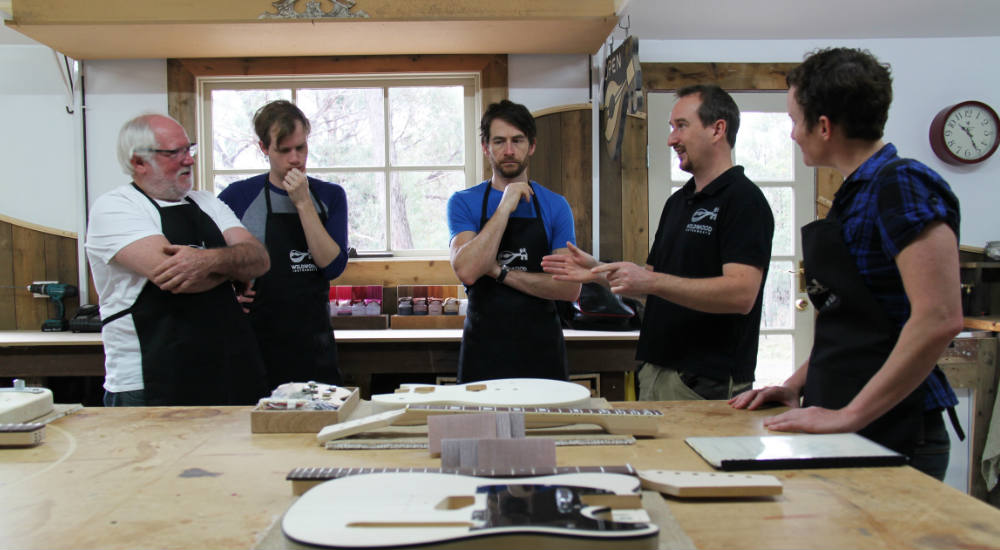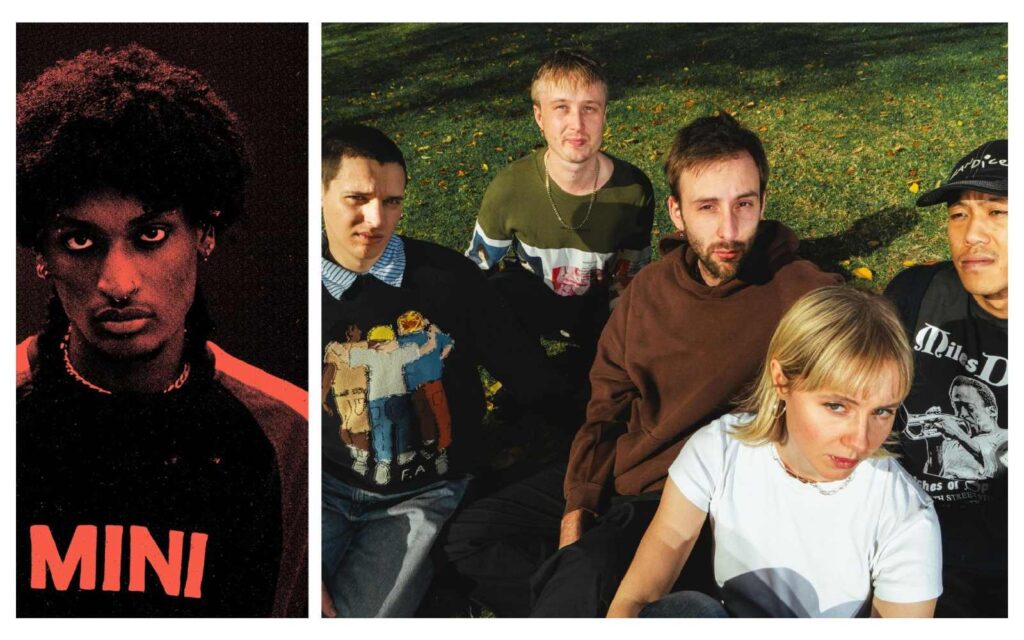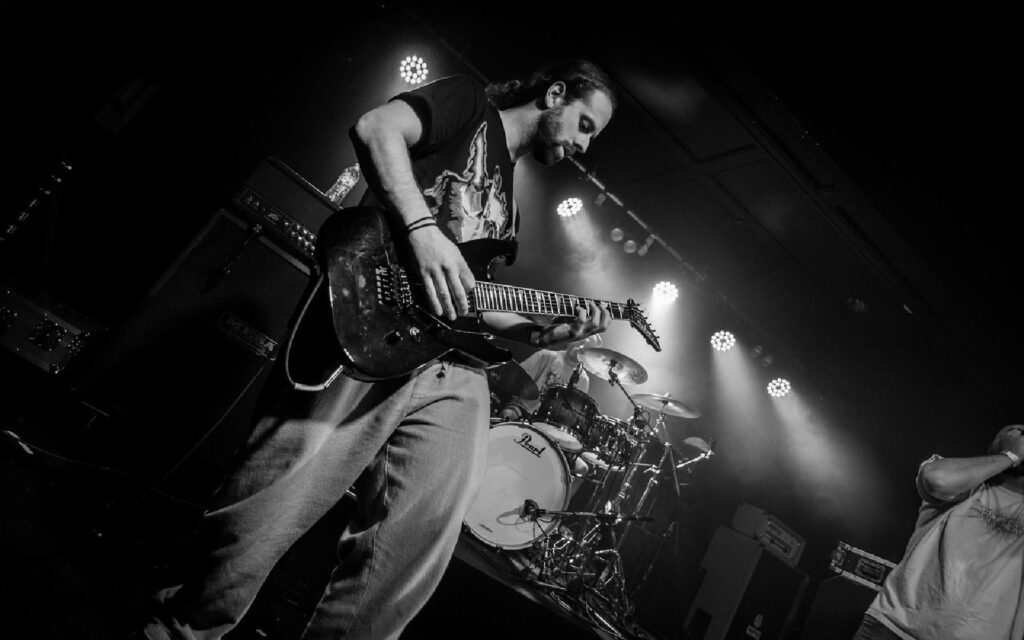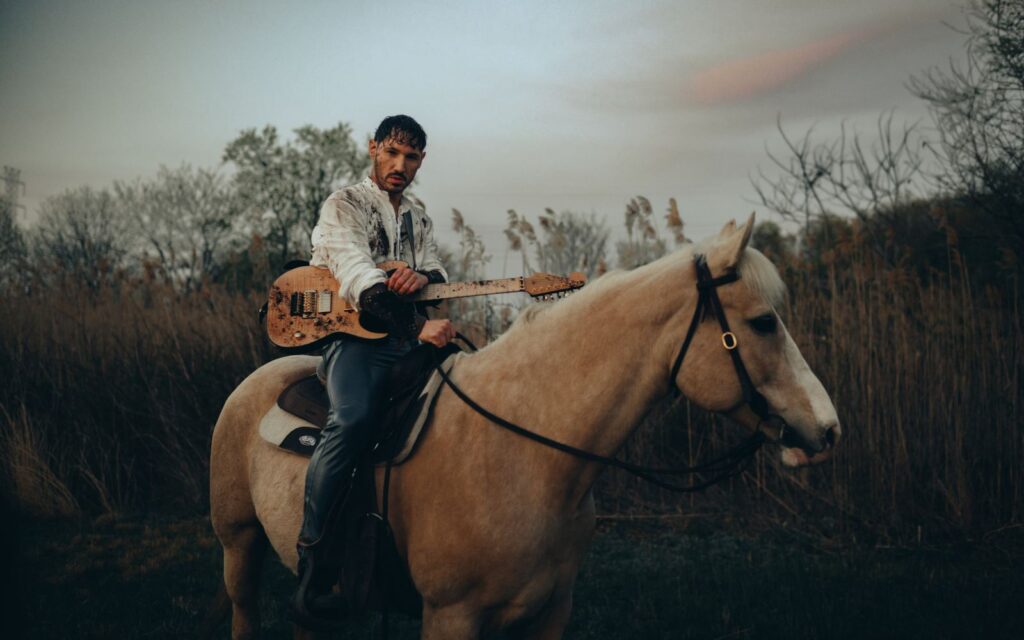A self-taught luthier who started at the tender age of 17, Nick Carpenter toiled tirelessly in the early 1990s to hone his craft. “There was very little in the way of tuition or apprenticeships back in Western Australia where I grew up, so if you wanted to make guitars, you did it yourself,” says Carpenter.
“I learned from books, a few tips from other luthiers and a lot of trial and error. After completing a Bachelor of Science degree in Environmental Science, I did a bit of work in antique restoration, wooden boat building and furniture making before focusing on instruments. It was a hobby for a good many years, but it slowly grew to consume me and it was obvious that it was the only career path for me.”
Carpenter officially registered Wildwood Instruments in 1999, and began crafting his unique guitars in a shed hidden away in the suburbs of Western Australia. However, Carpenter realised he lacked the means and understanding of how to market and sell his special wares. As such, he decided to take Wildwood Instruments in another direction.
“The new approach was to create smaller, more affordable instruments that would sell at music festivals and markets,” says Carpenter. “I soon learned that it was the folk festivals that were the most responsive to my products, so I tailored my instruments to suit, adding dulcimers and bodhráns. There were a limited number of festivals in WA so I headed east on road trips to the bigger festivals on the east coast.”
Carpenter set up shop in Brunswick in 2008, and added more instruments to his lineup—including his very own creation, the Weissenbaby, which was released for Wildwood’s tenth anniversary in 2009. “The Weissenbaby, as the name suggests, is a mini Weissenborn guitar,” says Carpenter.
“It really packed a punch for such a small instrument. The compact design fitted in with our range very well. The fretboard markings were stencilled onto the soundboard so that the whole top was free to vibrate, without the need for a solid fretboard timber being attached to the top. I no longer make these, but there must be a hundred or so of them out there floating around, and hopefully still being played.”
After spending over a decade hard at work, Carpenter decided that it was time again for another change. Come 2013, he packed up shop and relocated to Mount Franklin, just outside of Daylesford, and built a workshop to host electric guitar making courses.
Wildwood Instrument’s courses offer 11 different guitar models to choose from, and cover a wide variety of popular designs. In addition to walking away with a handmade electric guitar, students will also learn essential skills to ensure their guitar is playable at their absolute best, including adjusting the neck relief, action, pickup height, and much more—all over the course of a single weekend. “I wanted to provide a short, affordable introductory course in instrument making, as no one else in Australia was offering such a thing,” says Carpenter.
“Most courses you will find cost thousands of dollars and weeks to complete, building acoustic guitars from scratch. The Wildwood course is different in that it runs over just two days and will show you how to correctly put together an electric guitar or bass. There’s a fair amount of work to turn guitar parts into a fully functioning instrument, including sanding, shaping the headstock, fret levelling, dressing, and so on. It’s a great introduction into the world of luthiery.”
Visit Wildwood Instruments at the Melbourne Guitar Show, held at Caulfield Racecourse from August 4 – 5, where players can demo the very guitars they can build with the master luthier himself. Stay up to date at wildwoodinstruments.com.au.







